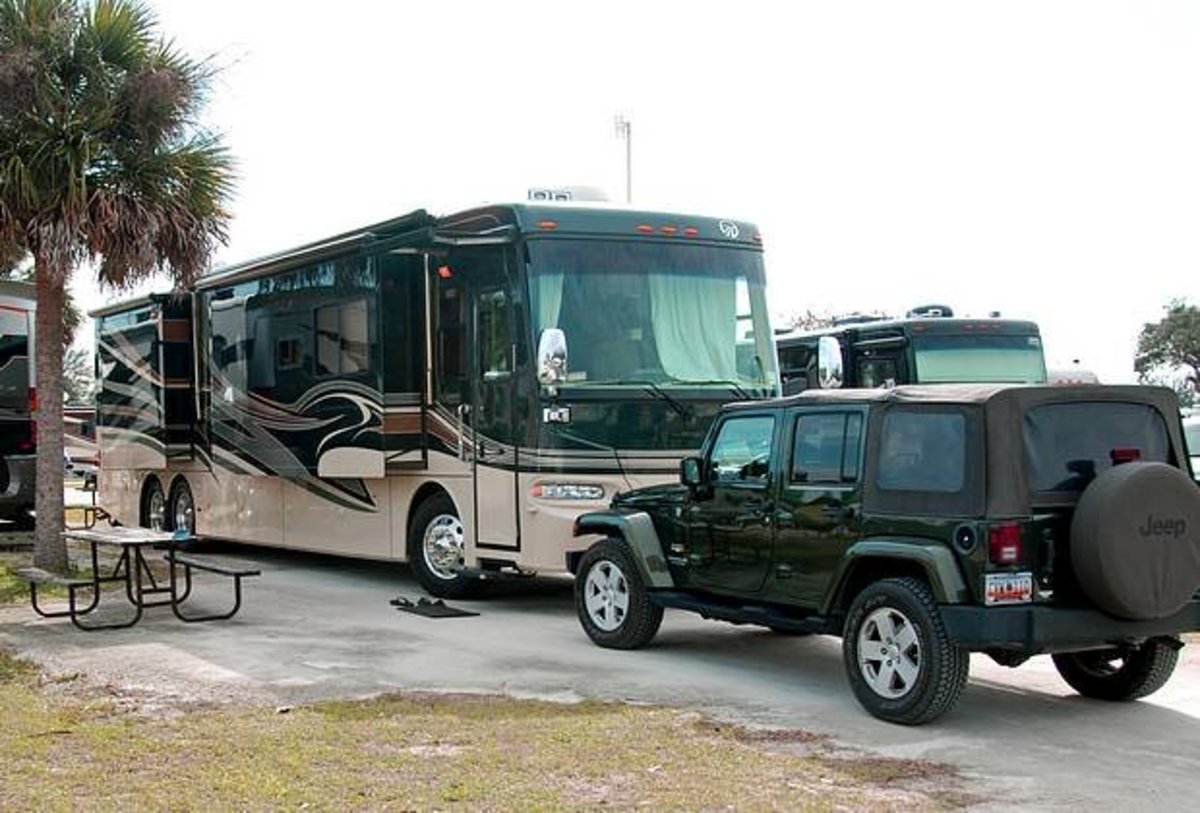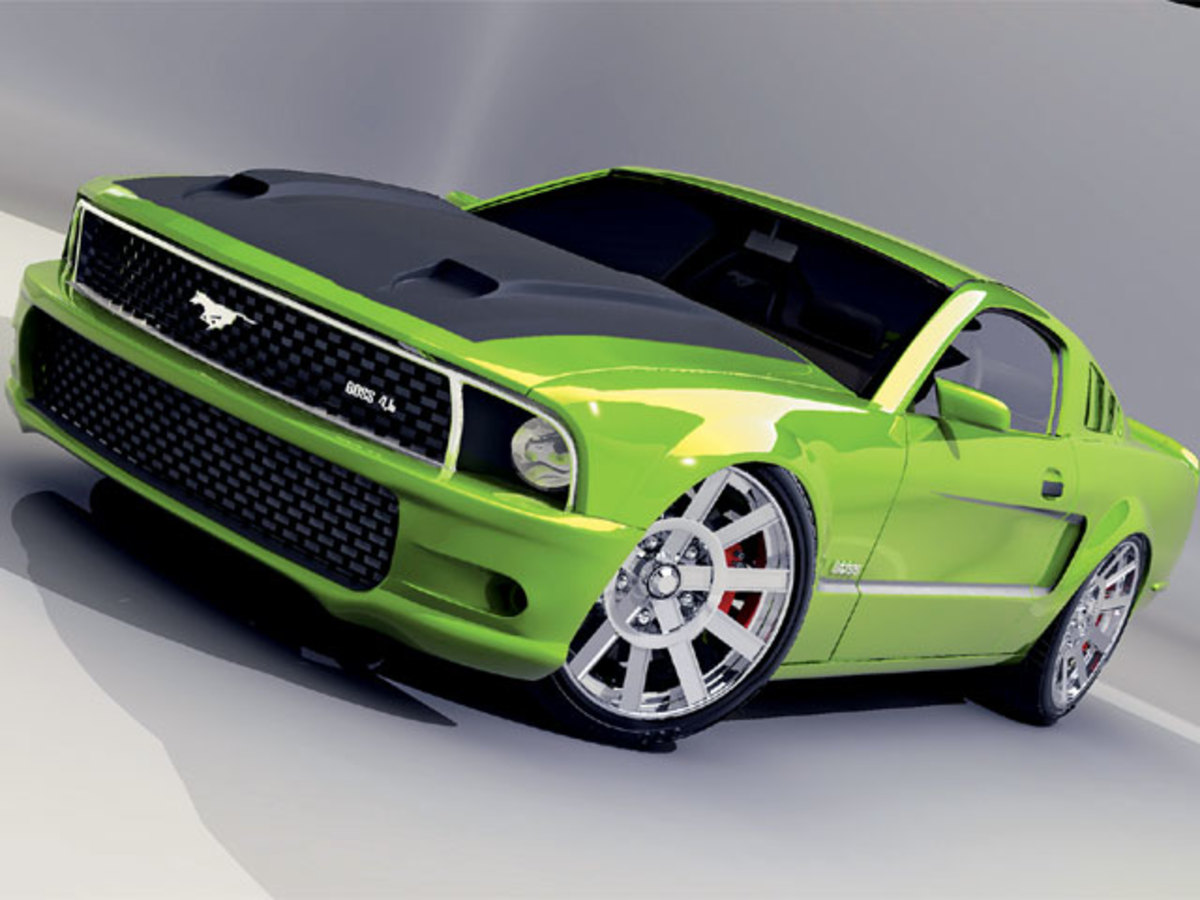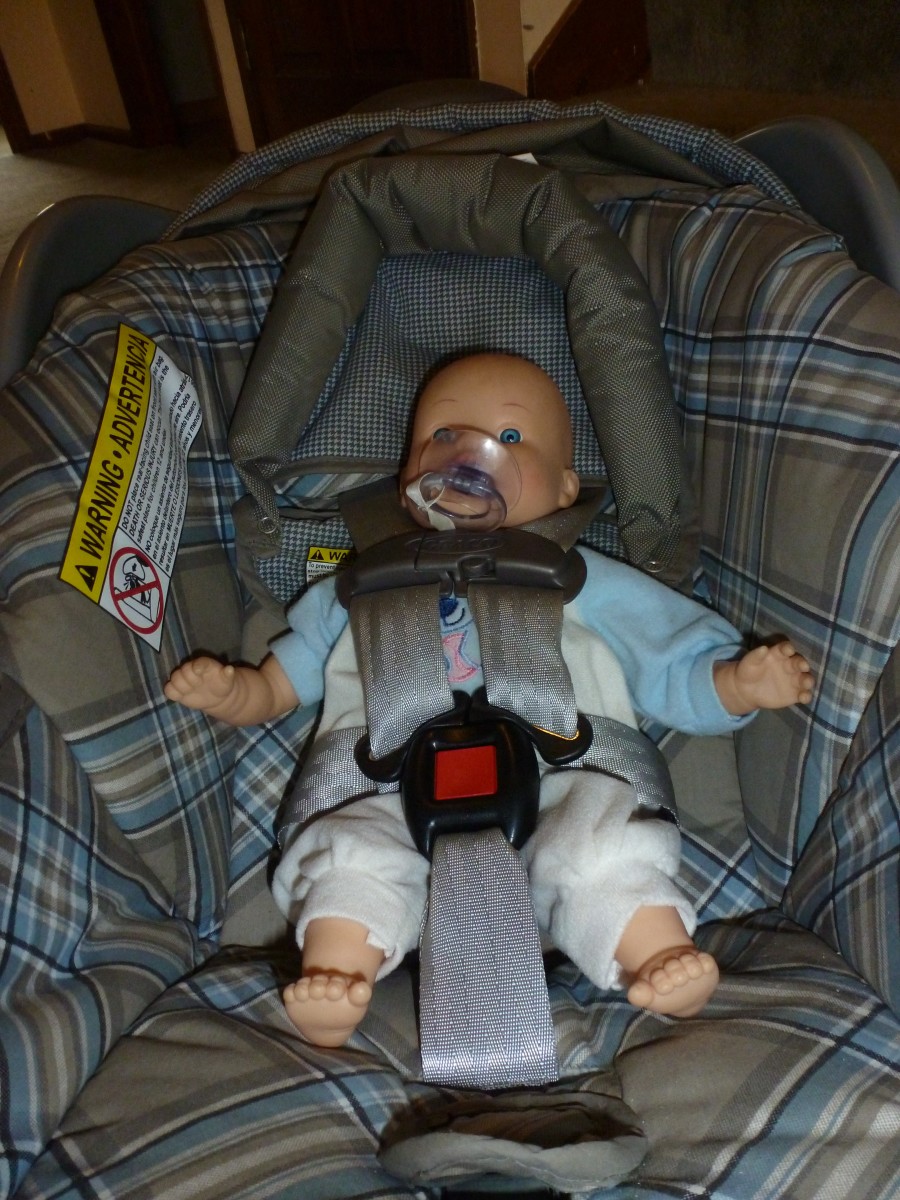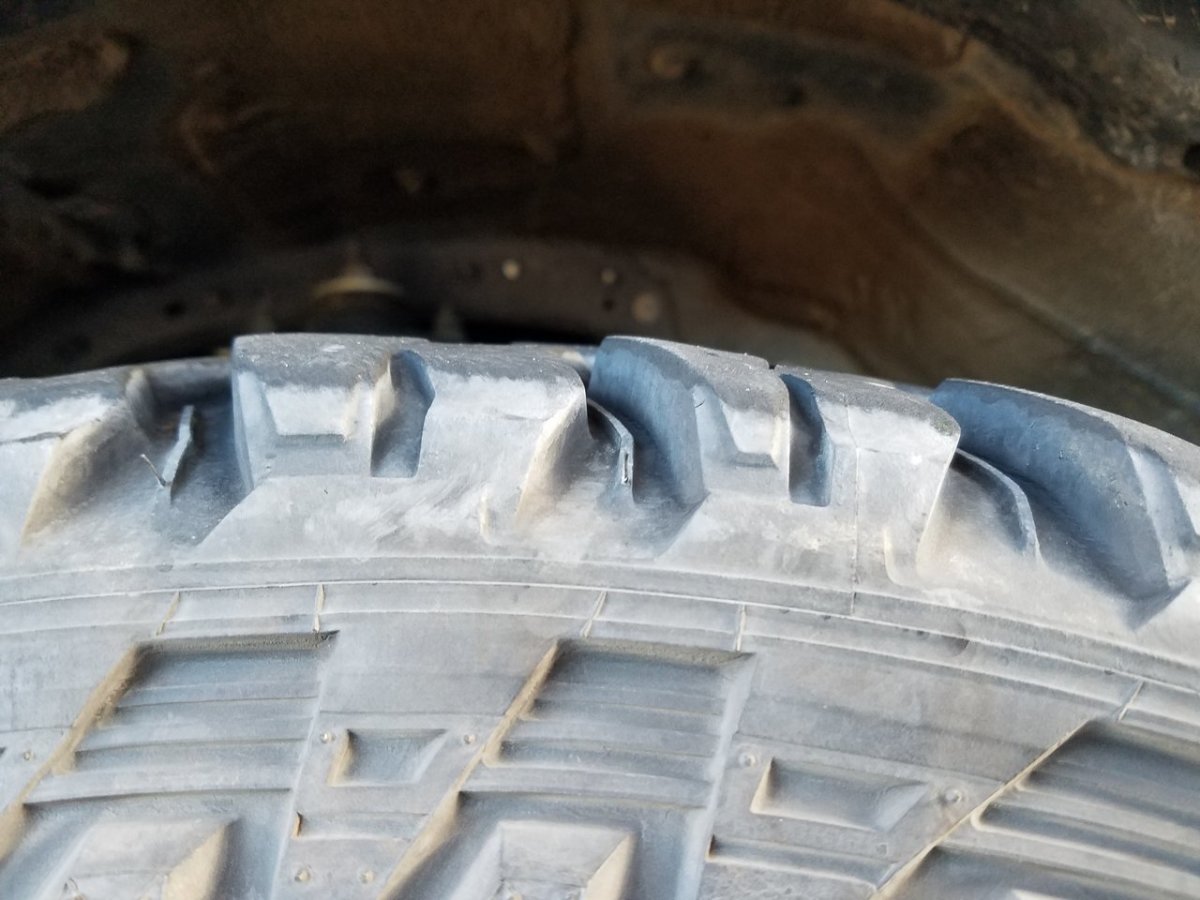CarFit: Safe Driving for Seniors
What is Car Fit?
CarFit is a free program designed to help senior citizens be safer on the road. If you are a member of the "AARP generation" (i.e. aged 50 or older), you might want to look into the CarFit program.

As a person ages, there are physical changes which affect the ability to drive safely--for example, vision may not be as good, there may be less flexibility, strength declines, range of motion is not as great, the spine compresses resulting in loss of height. As a result of these changes, the senior citizen may find that his “fit” with his car is off.
CarFit is a program designed by AAA, AARP, and the American Occupational Therapy Association to help ensure that the driver and car have a good fit. In many cities, there are CarFit events to help with this. These are usually one-day events, staffed by trained volunteers.
The driver registers for the program and is given an appointment for a comprehensive check of how well his car “fits” him. It takes about 20 minutes for the “check-up.” During this time, the examiner will check things like seat placement, the position of the mirrors, and more. If the fit is not optimal, the driver will receive suggestions for changes and adaptions.
This program is designed for seniors, but the advice and guidelines are useful for every driver. If you are a senior who takes this program, share the information you receive with the younger people you know.

Why is CarFit Needed?
The number of older drivers on the road is increasing. According to the U.S. Census Bureau, by 2030 there will be close to 59 million people in the U.S. aged 65 and older. Most of these people will still be driving. As many as 1 in 5 drivers will be senior citizens, and in some areas which attract retirees, like Florida where I live, the proportion will be 1 in 4.
Older drivers are generally safe drivers. They are more likely to wear seat belts and they are less likely to speed or drink and drive. However, the physical changes associated with aging can impair their safety. A CarFit review makes sure that the older driver is comfortable and in control behind the wheel. It also ensures that he is aware of, and using, the safety features of his car properly.
CarFit informs drivers about the adjustments they can make to enhance comfort and safety. They will also learn about what adaptions they can make to their car, if needed, to increase comfort and safety.

What aspects of the seat position will be checked?
The seat must be properly positioned to maximize comfort and safety.
A driver needs a clear line of sight over the steering wheel. The proper line of sight is at least three inches above the top of the steering wheel.
There should be plenty of room between the driver’s chest and the airbag located in the steering wheel. There needs to be at least 10 inches between the driver and the air bag. The air bag must be properly aimed at the chest. You don’t want the air bag to smack you in the face or stomach.
The driver needs to position his seat so that he has easy access to the brakes and gas pedal without stretching. He should not have to strain to depress the brake fully. He should be able to move easily between the brake and gas pedals, He should be able to easily reach all of the controls.
The head restraint should be about three inches or less from the center of the back of the driver’s head. You do not want it against the neck. The head restraint will help prevent neck injuries like whiplash.
The seat belt must be in the proper position. The seat belt should fit low and tight across the hips and pelvis. It should not be on the stomach because the stomach contains soft tissue that might be injured by the seat belt in a crash. The shoulder belt should be over the collar bone and away from the neck. It should cross over the breast bone and fit snugly across the chest. Never put the shoulder belt behind the back or under the arm.
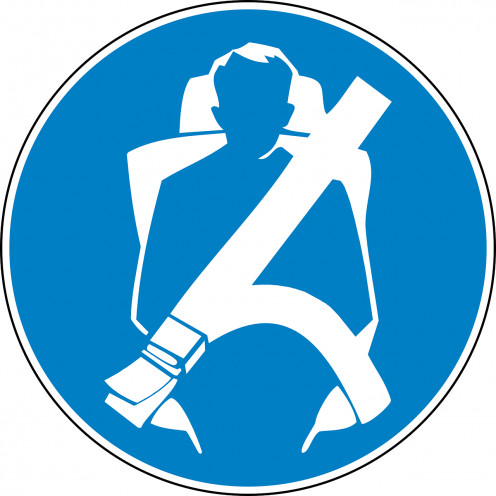
What aspect of the mirrors will be checked?
The examiner will make sure all of your lights are working properly and that the driver knows how to operate them properly. Ditto for the windshield wipers and horn.
He will check to make sure you have a good line of sight to see over and behind your left shoulder and that you are able to turn sufficiently to see over your right shoulder. Many accidents happen when the driver is changing lanes because they cannot adequately check the vehicle’s blind spots.
What are some of the adaptions available?
Some of the adaptions are simple and readily available.
- A seatbelt extender can be purchased from the car’s manufacturer if you cannot reach or properly place the seat belt.
- There are visor extenders for added protection from sun or glare.
- You can add an extra mirror or add panoramic rear view and side view mirrors to provide a more extensive view and to virtually eliminate blind spots.
- You can buy a steering wheel cover to make it easier to grip the wheel and to protect your hands from excessive heat in the summer or excessive coldness in the winter.
- You can use seat cushions under your butt to increase the height of the seat. However, if you use this type of cushion, you must be careful that it does not affect any aspects of safety mentioned above in the discussion of the seat, mirrors, and other aspects of the car’s fit.
All of the above adaption devices are inexpensive--you can find good ones in the $10 to $25 range.
Other adaptions are best made in consultation with an occupational therapy practitioner or a driver rehabilitation specialist.
You might need pedal extenders or hand controls for the pedals. Some people may need a seat lift or chair lift to aid in getting in and out of the car. There is also a device that can be added to the steering wheel to aid in turning the wheel.
What else should I know about a CarFit exam?
.I recently participated in a CarFit exam. It was given at Rollins College. I made an appointment via email.
When I arrived, I was met by a volunteer almost immediately. She directed me to a place to park. I was given a bottle of water. (It is hot in Florida) Another volunteer came over to the car within a few minutes. She had a clip board and a checklist. We worked our way through the checklist.
When we worked on sight-line issues, another volunteer stood in various positions around my car and I had to be able to be able to identify her hand gestures using my mirrors.
Only one problem was identified. I did not have my seat properly positioned relative to the airbag. If the airbag had deployed during an accident, it might have hit me in the face. The volunteer showed me how to adjust the angle of the steering wheel so that the airbag was properly positioned.
As the end of the exam, I was given the checklist along with several pamphlets and booklets so I could review the safety instructions and safe-driving tips at home. I also received a goody-bag containing several promotional gifts. One of them was a kind of “sippy” cup—a plastic cup with a plastic straw fitted through a hole in the lid—a great item for drinking water while driving. I also received some coasters for my cup holders and a little notebook.
The volunteer examiners were very friendly and nice.
The whole exam took about 15 minutes. It might have taken longer if I had had more than just the one small problem. If I had needed more extensive help, I would have been referred to a specialist.
How can I find when and where CarFit will be in my area?
You can find a list of scheduled events here. http://www.car-fit.org/
For more information about safe driving for senior drivers, go to the following websites.
If you are 50 or older, please take this poll.
Have you ever had a CarFit Assessment?
If you are under 50, please take this poll.
Would you recommend this to a senior you know?
© 2015 Catherine Giordano



